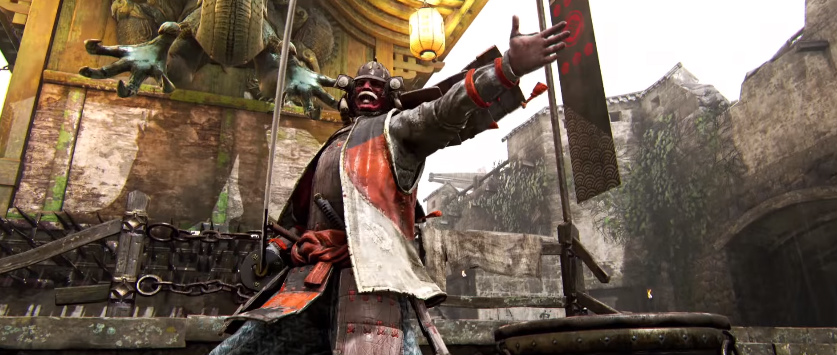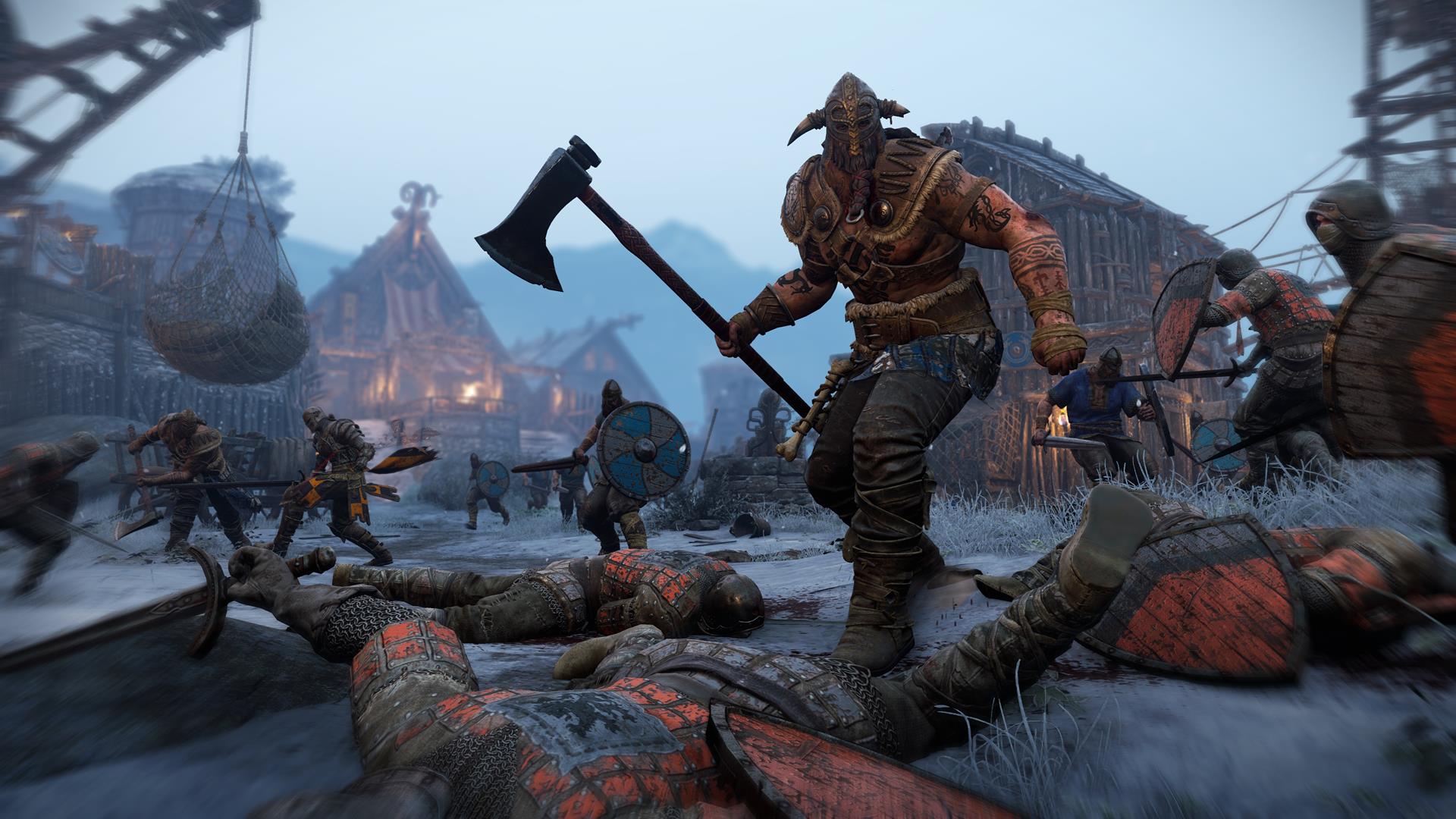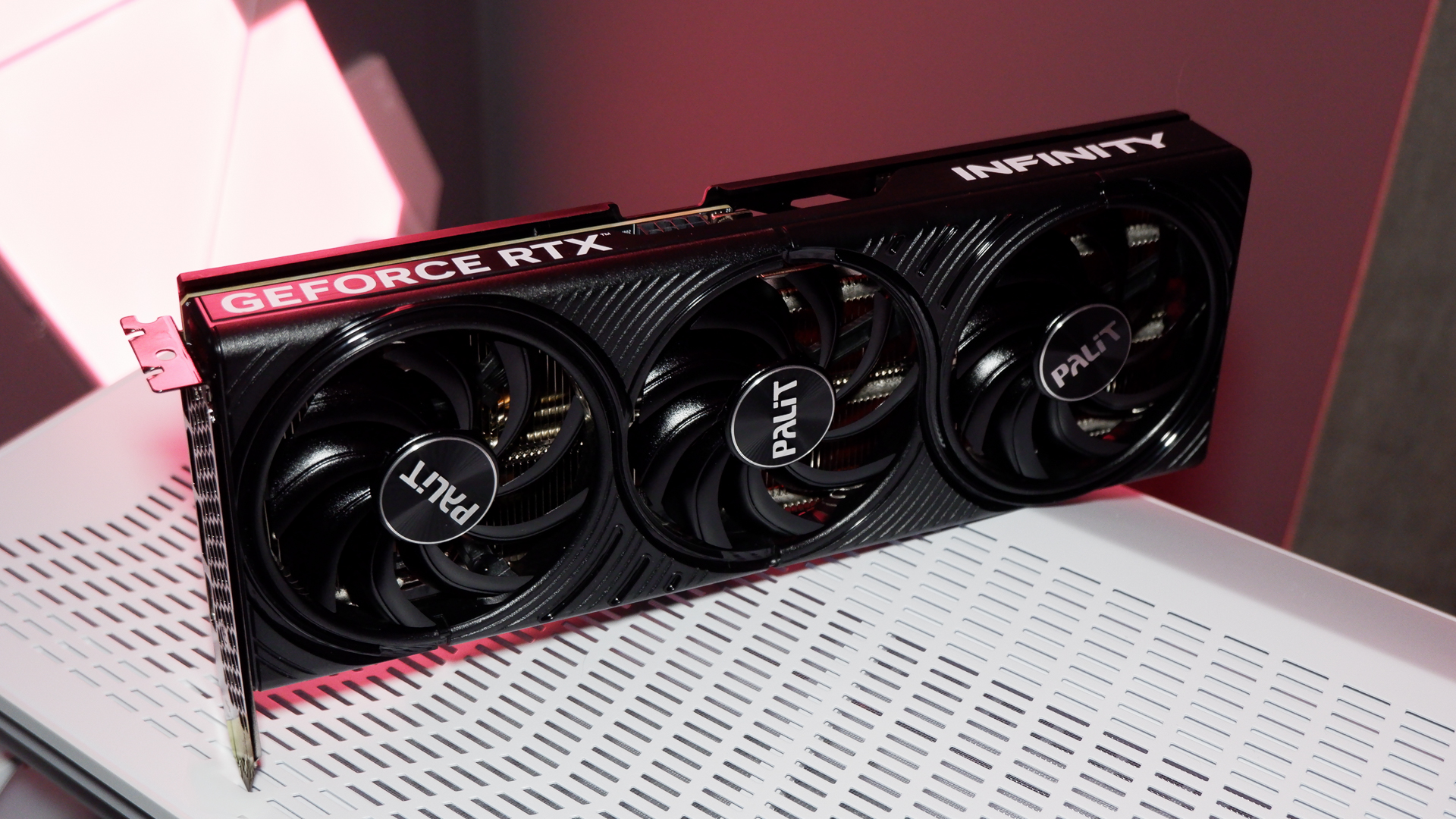For Honor: the sword fighting game no publisher would touch for 14 years
Creative director chats combos, competitive play and why Game of Thrones helped For Honor get greenlit.

When Ubisoft revealed For Honor early last year, it had some people scratching their heads. Is this a set piece laden hack-and-slasher in the vein of Ryse? Is it a Dark Souls PvP clone? Is it something entirely else? It turns out For Honor feels very much like its own thing, thanks mostly to its meticulous approach to swordplay. This is neither a musou or a Dark Souls game, but it could very well appeal to fans of both ends of the spectrum.
Audience response to the recent multiplayer alpha has been positive, and our own Tom Marks seemed to like it, though he had his reservations. I played a little bit of the single player campaign last week, in addition to a match of the 3v3 Dominion mode, and my strongest impression was that it’s the type of game that will only show its true colours once the playerbase has an opportunity to “market” it. In other words, like Rainbow Six: Siege before it, seeing the game played isn’t enough to be sold on it – it’s important to have it in your hands, and it’s important to watch as a community blossoms around it. Turns out, creative director Jason VandenBerghe feels the same way.
I spoke to VandenBerghe during his recent Australian visit. Since joining Ubisoft in 2008, he’s worked on Red Steel 2, Far Cry 3 and Ghost Recon: Future Soldier. He has a good beard.

VandenBerghe is the creative director of For Honor. He's worked on Red Steel 2, Far Cry 3 and Ghost Recon: Future Soldier.
PC Gamer: This was the first time I played For Honor. When it was first unveiled I didn’t understand what it was. It’s safe to say there aren’t many big budget games that play out like this.
Jason VandenBerghe: I don’t know a single game that plays out like this.
PCG: Did you come up with the idea? Was it collaborative?
JV: It sounds like a made up story but I can assure you this is what happened: about 14 years ago I took a course in German longsword, which is this re-discovered form of combat. I just fell in love with it! I’ve always been studying martial arts in some form or another, especially medieval fighting. So I wondered what would happen if we took that and applied it to the right stick of a controller. The rest of the controller’s configuration just fell into place. I had this idea about the layout, and thought it made the player feel like how I feel when I do it in real life. So I started pitching this thing to anyone who would listen, and the answer was just “no” for a fucking decade. But then the world turned and it changed, and I pitched to the right place, Ubisoft Montreal, and here we are making it. I brought the idea of the controller configuration and the experience of the game to a team that had done a bunch of Naruto stuff, and Prince of Persia. They understood fighting really well, and some people with Red Steel experience. We applied ourselves to the problem, the team took it and made it into the game that you’re playing now.
PCG: What do you think changed along the way for publishers to be more receptive to an idea like this?
JV: I think there’s a couple of things. Remember, I had this idea before the Lord of the Rings films existed – the world was different then.
PCG: You couldn’t have made it lightsabers or something?
JV: Well it wasn’t cool at the time! There was Lord of the Rings, then Game of Thrones, and the success of Dark Souls and Skyrim changed a lot of things. This topic of sword, medieval style conflict and fighting is no longer something to be ashamed of – it’s entered into the common discussion. The other piece of it – now that I understand the game and we’ve been making it – is that we really couldn’t have made it before. The amount of technological invention we’ve had to do to make this work is stunning. For Honor was not possible prior to this generation, and that’s not an exaggeration. We could have maybe done some duelling, but to do the game you played couldn’t have happened. Fortunately I stumbled onto a team that had a lot of experience with the tech.

PCG: The mention of Dark Souls is interesting. When I first saw For Honor it appealed to me because I thought it might be a Dark Souls-esque, PvP-centric combat game. It’s obviously not Dark Souls-esque, but one of the enduring problems with that game is the netcode – the lag can ruin it, especially in Australia. Is that one of the problems that you’ve encountered with For Honor?
JV: Yes, that was one of the great difficulties in making it work, but see in our tests that it’s largely solved. We have a network innovation that allows all players in the match to experience the same game at the same time regardless of who is hosting, and it’s incredibly resilient to lag. We haven’t talked very much about it, but we’re starting to talk a bit because people are playing the For Honor alpha. It’s one of the innovations we needed in order for the game to exist.
PCG: Dominion is cool: it’s great to have the tension of a duel countered by the release of mowing down the minions. What other types of game play will this swordplay complement?
JV: We have 2v2, but we also have a full cinematic story. We haven’t shown very much of it, but it has all of the AI combat and boss fights, and you can play the knight, viking or samurai all the way through. We have other modes coming, but what we’re doing here is just touching the tip of the iceberg. We’ve cracked into a new realm of gameplay and there’s a lot of stuff to do.
PCG: Rainbow Six Siege is a great example of a game that’s been very well supported to accommodate competitive play. Will For Honor receive similar treatment? Is there a drive for the competitive scene?
JV: For us it’s clear that it’s a potential candidate for that, but what I’m super clear about is that becoming an esport isn’t something that we decide, it’s something the audience decides. If they say we want to play this game in an esports environment, we’re all for it. We’ll see as the game rolls on, it’s too early to say. It’s compatible with that experience, it’s ready for it, but we’re really more focused on getting the core experience out there and seeing who wants to play.
PCG: In your opinion, what’s the ingredient that makes a competitive or online game sticky in an esports sense?
JV: Fairness and depth, they’re the essential things. You have to have a game that is deeply, 100% fair, where there are no built-in advantages. And you have to have the right kind of depth for players to be able to express their mastery, there has to be enough options in there so that the great players escape the mechanics and start to play in the mind of their opponents. That’s where great competition happens: in the minds of the players, not in the game itself. We think we have that: we have a lot of highly competitive esports people who have played the game at PAX etc, and they really are excited about it.
PCG: How will the single-player campaign pan out? Is it very much a linear, cinematic experience…
JV: Yes, that’s it.
PCG: Would you consider it a primer for the main course that is the multiplayer?
JV: If you want to think of it that way. The thing is, we built the campaign so that if you only play the campaign, you’ll feel like you got your money’s worth. We want it to be an experience of its own, because it’s built for anyone with a sword fighting fantasy. At the end of the day it should be a full experience on its own.
PCG: What’s going on in the campaign, by the way. Two teams were fighting during the prologue. How come?
JV: You’re in the home of the Iron Legion – which is the name of the knight legions in general. In this realm there’s this group called the Black Stone Legion, a sub-faction of the knights, and they’re ruled by this warlord called Apollyon. She’s the villain for this tale, and she’s the warlord for the Black Stone legion. She’s setting out to create permanent war between the factions.
PCG: Glorious.
JV: Exactly, or horrible depending on your perspective. Your character is thrust into the middle of this and you see the consequences of it. Then you’re going to play as the knights, the vikings and the samurai, so you’ll see the war going as it affects each of the factions.
PCG: Has there been much collaboration with other Ubisoft studios for this project?
JV: As with any large production you end up reaching across: we’re working in multiple studios right now. By our nature you get people who have worked on other franchises coming into your team, there’s a lot of free flow and mindshare. It’s all opt-in. With For Honor we’re making each design decision to be the right one for this game, and I’m pretty happy with the results so far. For me the most important thing is that each piece we put in fits with the concept, and if we have mechanics that have been successful in other places, great, but we always re-evaluate them. A lot of what we’ve learned with this mechanic is that, because it’s so new, a lot of traditional game design decisions don’t work with it. We’ve had to reinvent a lot of stuff.

PCG: What’s an example?
JV: Combos. When we put the concept of normal combos in the game, everyone knows what that means, you input a series of buttons and it triggers a big motion – but our game is incredibly visceral. You’re in there, feeling it in your body. What we found was when we asked players to memorise a list of button inputs that they’re trying to match, suddenly all the viscerality just drained out of the game, and the whole thing became less fun. For us, combos didn’t work but chains did: I hit this, then right, then light, then this and it’s a special. That works really well. It’s a simplified combo system in some ways, but it works perfectly for us. When we put a traditional combo system in the game it just broke it.
PCG: I had a feeling the game was fairly unconventional before playing it, and I’ve noticed in my browsings of internet forums etc, that it’s pretty unanimously liked at this point. Were you expecting more resistance to this game? It’s a tricky one to sell I imagine.
JV: In order for people to decide whether they like this game, they have to play it. That’s a big challenge, because you have to buy it first, and it’s a new experience. The game seems to make converts on contact – when you pick it up, people say “ooooh, that’s how it works”. What you’re saying is familiar to me, and what we’re seeing with the response online is a consequence of that and I’m delighted. You always hope that the response would be positive, but we knew our best chance was to get the game in as many hands as possible. I’m delighted though: I went from, 14 years ago, everyone saying to me “nah that’ll never work” to this year filled with overwhelming positive response and these kinds of conversations. I’m enjoying it, it’s nice, and I hope it stays that way.
The biggest gaming news, reviews and hardware deals
Keep up to date with the most important stories and the best deals, as picked by the PC Gamer team.

Shaun Prescott is the Australian editor of PC Gamer. With over ten years experience covering the games industry, his work has appeared on GamesRadar+, TechRadar, The Guardian, PLAY Magazine, the Sydney Morning Herald, and more. Specific interests include indie games, obscure Metroidvanias, speedrunning, experimental games and FPSs. He thinks Lulu by Metallica and Lou Reed is an all-time classic that will receive its due critical reappraisal one day.

